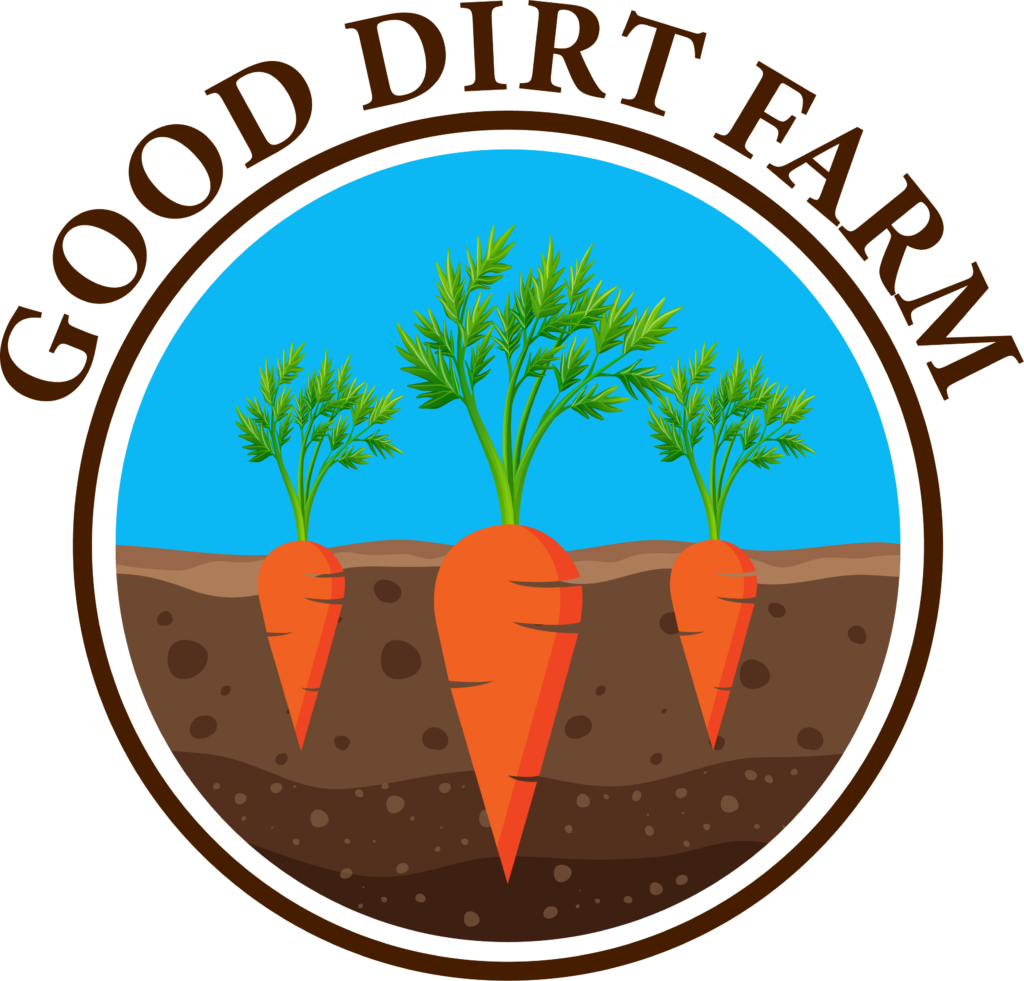A heavy rain fell all day yesterday, and this morning the garden beds are speckled with bright green weeds vying for life in my good dirt. A dismaying sight for me, but in situations like this, there’s always someone who has my back.
He (yes, he) is always ready for battle, he never takes a day off, and he doesn’t care whether I’m tired or sore. We spend many sunny mornings and afternoons together and we have grown quite fond of each other. He may not be the brightest crayon in the box, but he is one of the sharpest tools in my shed.
Yes folks, I’m talking about my closest friend, my Stirrup Hoe.
What is a Stirrup Hoe?
All (some) jokes aside, I might rank this tool as the single most important tool on our farm. The stirrup hoe, also called a scuffle hoe or a loop hoe, is a fairly common tool used by gardeners big and small. Its distinct feature is a metal loop that is relatively flat on the bottom and fairly sharp. The idea with this hoe is that you scrape it along the surface of the soil, or just barely below the surface, and cut weeds right at the top of the roots, cutting off their ability to photosynthesize and hopefully killing them.
The advantage of this type of cultivating implement is that it does not really disturb the soil, and for that reason it usually requires less effort, especially if you keep the blade very sharp.
You can find a stirrup hoe at most hardware/garden supply stores, though I’d caution against picking one up there. Those tools are usually very cheap, heavy, not sharp at all, and not designed to be used for much more than a few minutes. By comparison, the stirrup hoe that I use is very specifically made to be sharp, light, and precise, and takes little to no effort to slice through weeds.
Why Use a Stirrup Hoe at All?
There are two main reasons that this tool is such an important piece of Good Dirt Farm. First and foremost: weeds exist. Try as I might to convince myself otherwise, they are a constant feature of Western PA. As it turns out, plants enjoy growing, and they are very good at finding beautiful open patches of soil to take advantage of. If we assume that weeds exist, we must then find a way to keep them in check.
The second main reason we use a stirrup hoe is that it is the most logical way to kill weeds in our farming system. We wouldn’t bring herbicide anywhere near our vegetables, so poisoning weeds isn’t an option. We’re also a no-till farm, so we don’t tackle weeds by tearing them (and the soil below) to shreds with a rototiller. Instead, we prefer to keep the biology of the soil in place, so whatever we do to kill weeds has to be at or near surface level.
The stirrup hoe does this beautifully. It’s made of wood and steel, so it doesn’t poison our soil, and it cuts weeds right near the soil surface, so we don’t disturb it too much.
Is using the stirrup hoe more time-consuming than spraying herbicides and more physically demanding than tilling with a machine? Probably. We think that extra time and effort is well worth the chemical-free, organically-grown produce that we eat and share with our community.
Why I Personally Love the Stirrup Hoe

While everything above is true and important, the fact of the matter is that I just love using my Stirrup Hoe. It feels great to be outside on a sunny day in my garden, cleaning it up and soaking it in. I frequently stop to take a short break and look closer at a particular bed or pause to admire the living, breathing system I have created. Even past that, the feeling of the hoe blade slicing across the soil surface is very calming and satisfying.
Another aspect of our system that I love is that, in theory, I will use my stirrup hoe less and less in the future. Our no-till system means that we won’t continually bring up new weed seeds, and we use a lot of compost and hay mulch that keeps weeds at bay too. Our beds are fairly new and fairly weedy now, but in the future that weed pressure should dissipate.
I think that as this happens, we will transition away from the stirrup hoe to other tools more appropriate for our new reality. Already we occasionally use our wire weeder for beds that have very small seedlings or between rows of crops requiring lots of precision.
All of this means that eventually, the long hours spent with the stirrup hoe will dwindle, and I may lose such a close friendship. Such is life! I will continue to cherish time spent with my best friend in the meantime.

